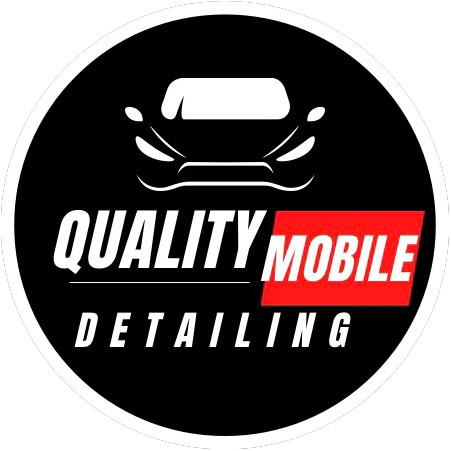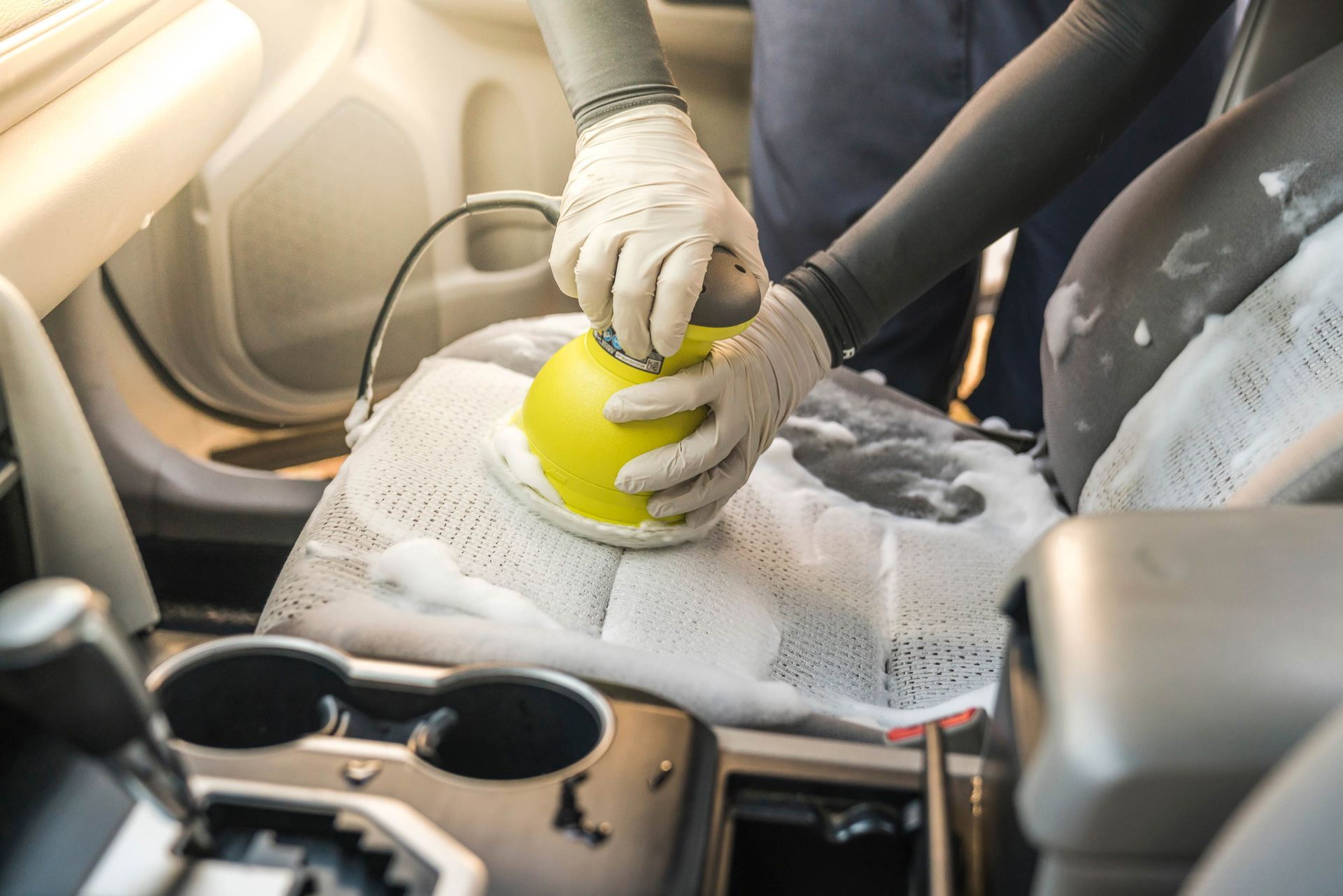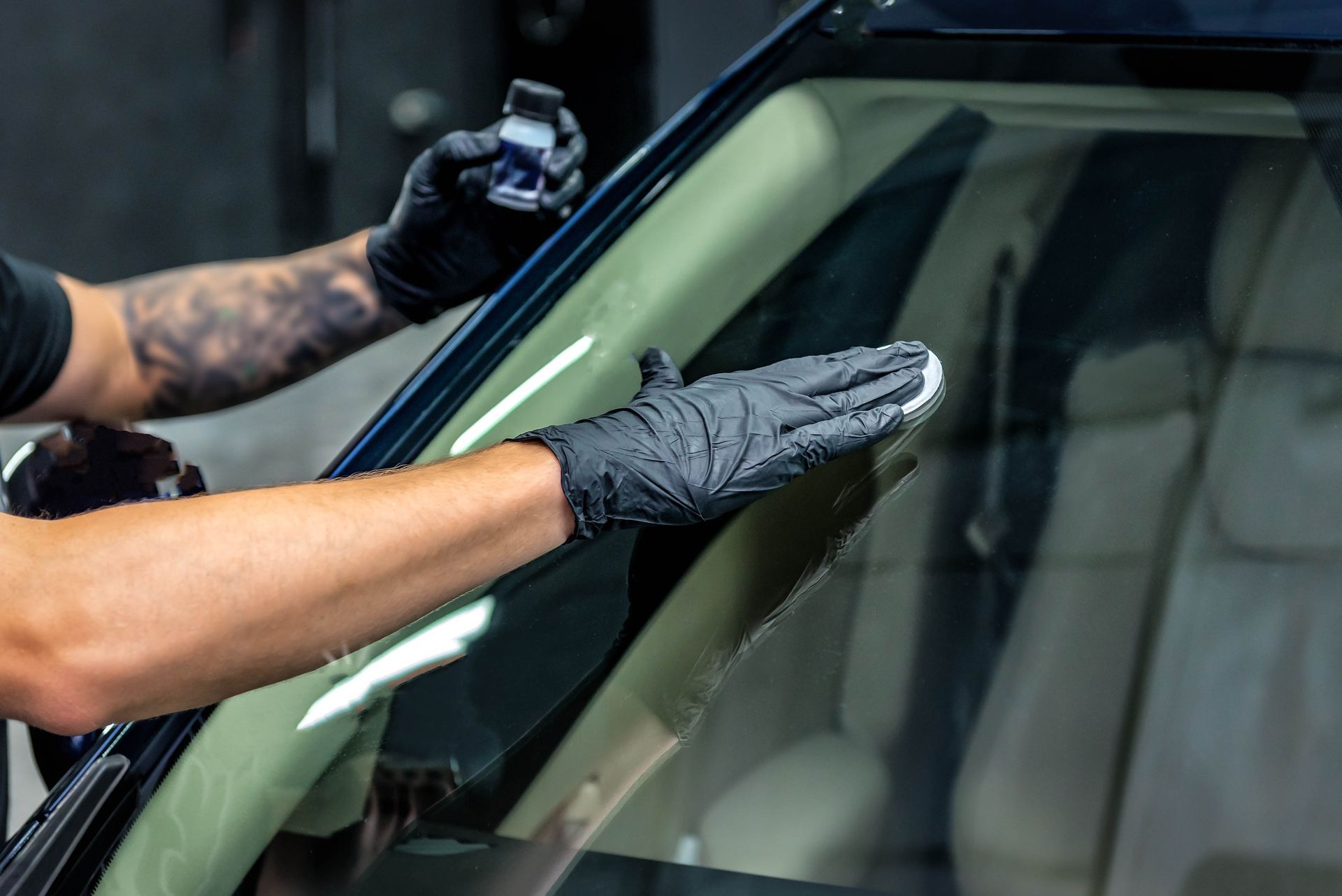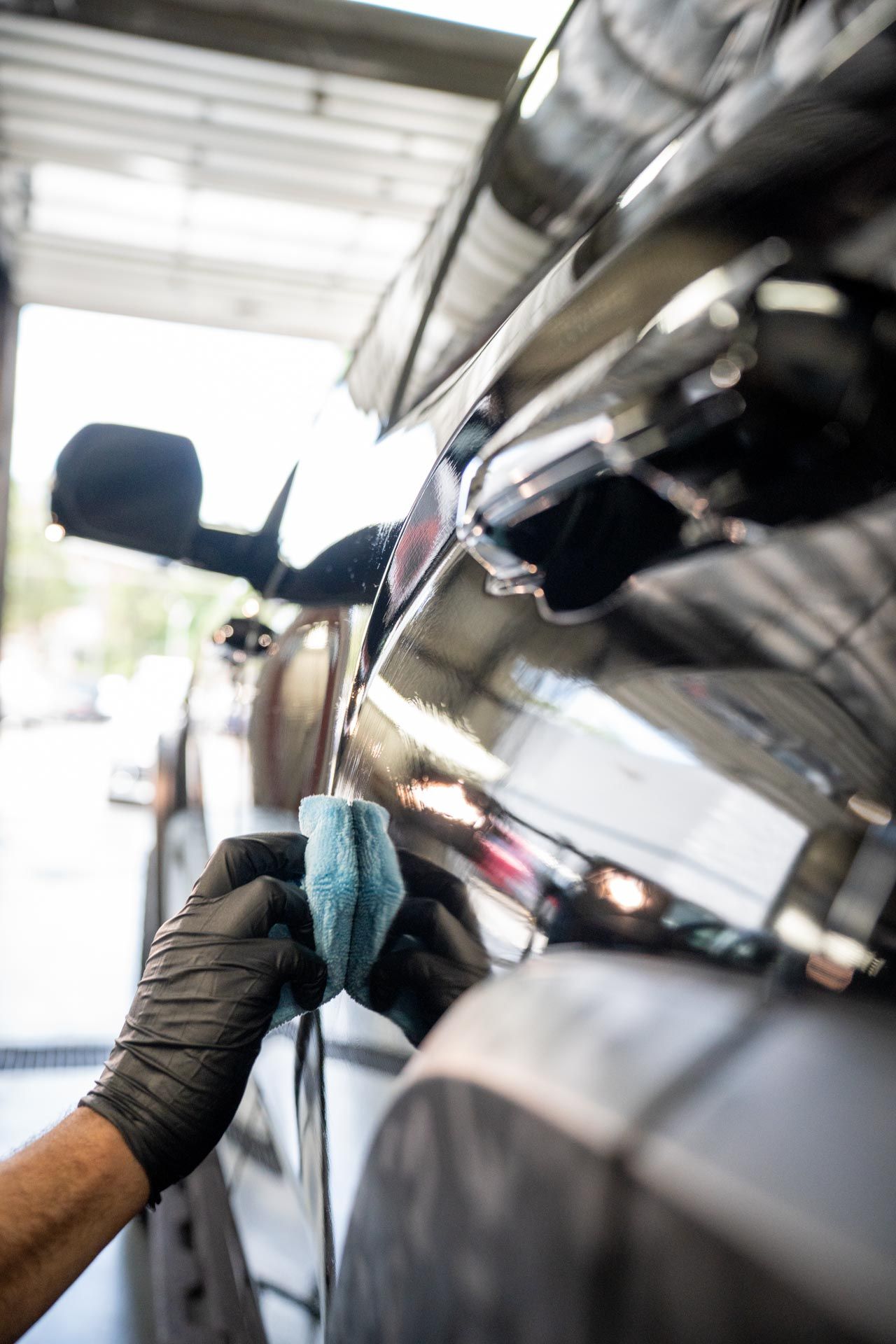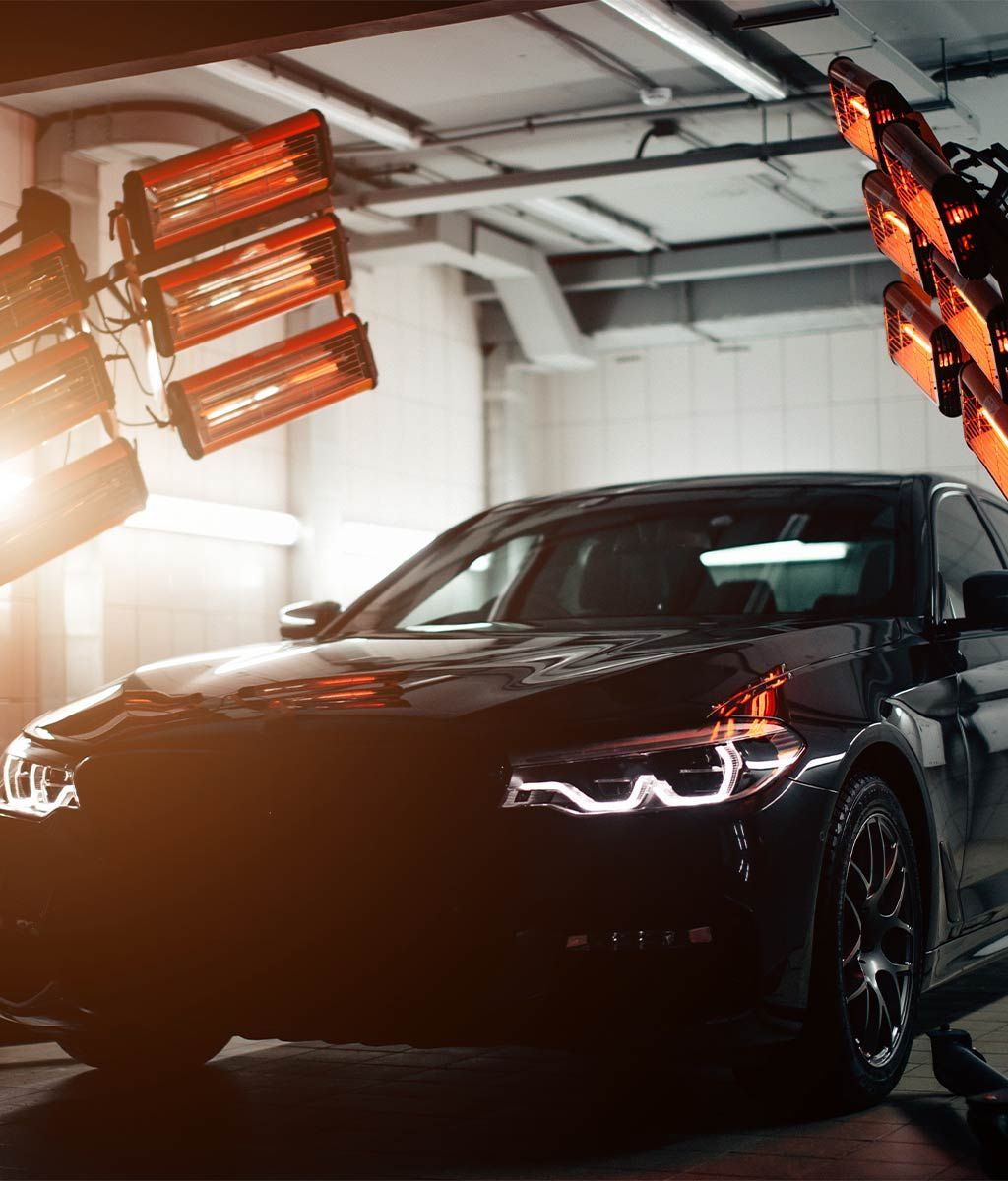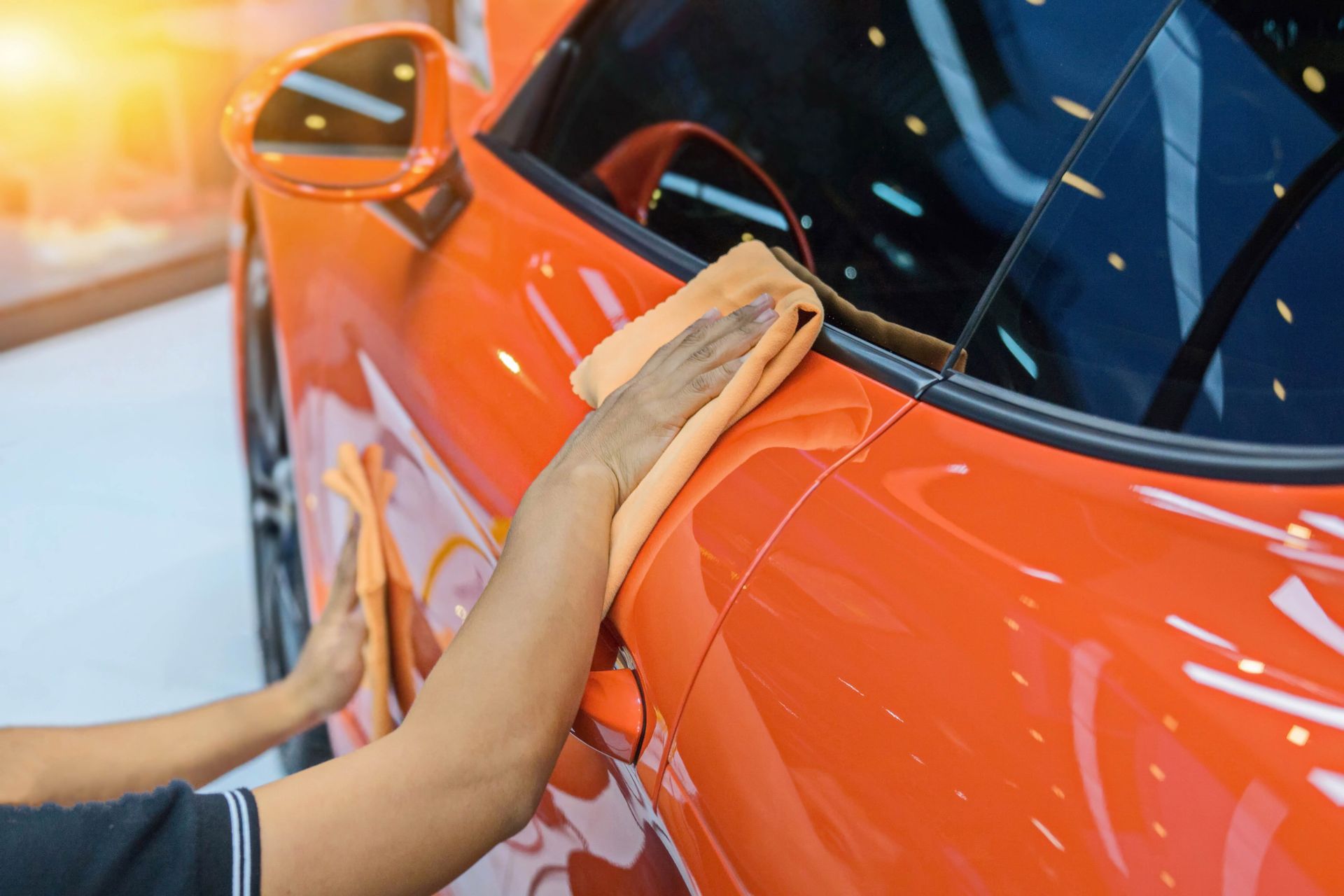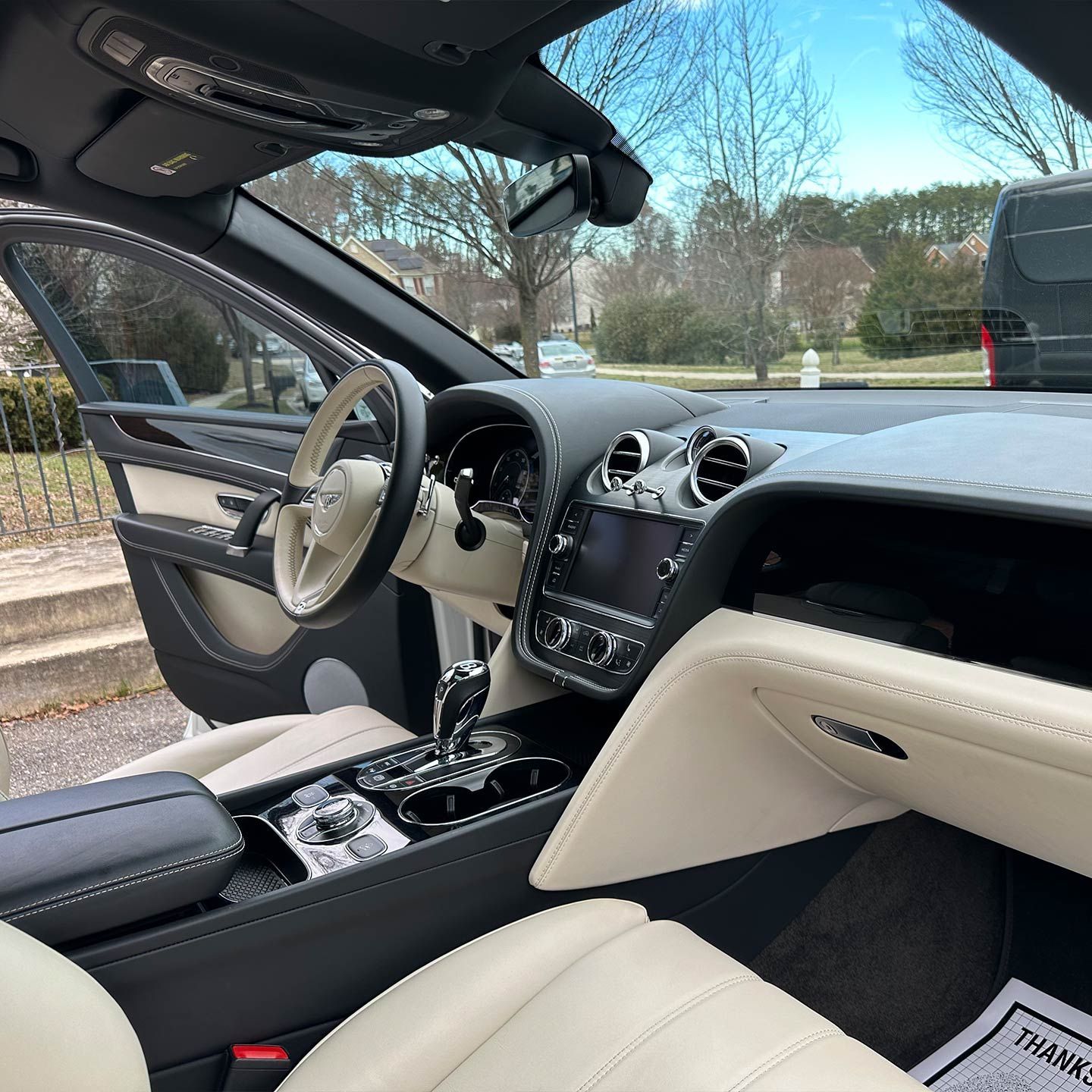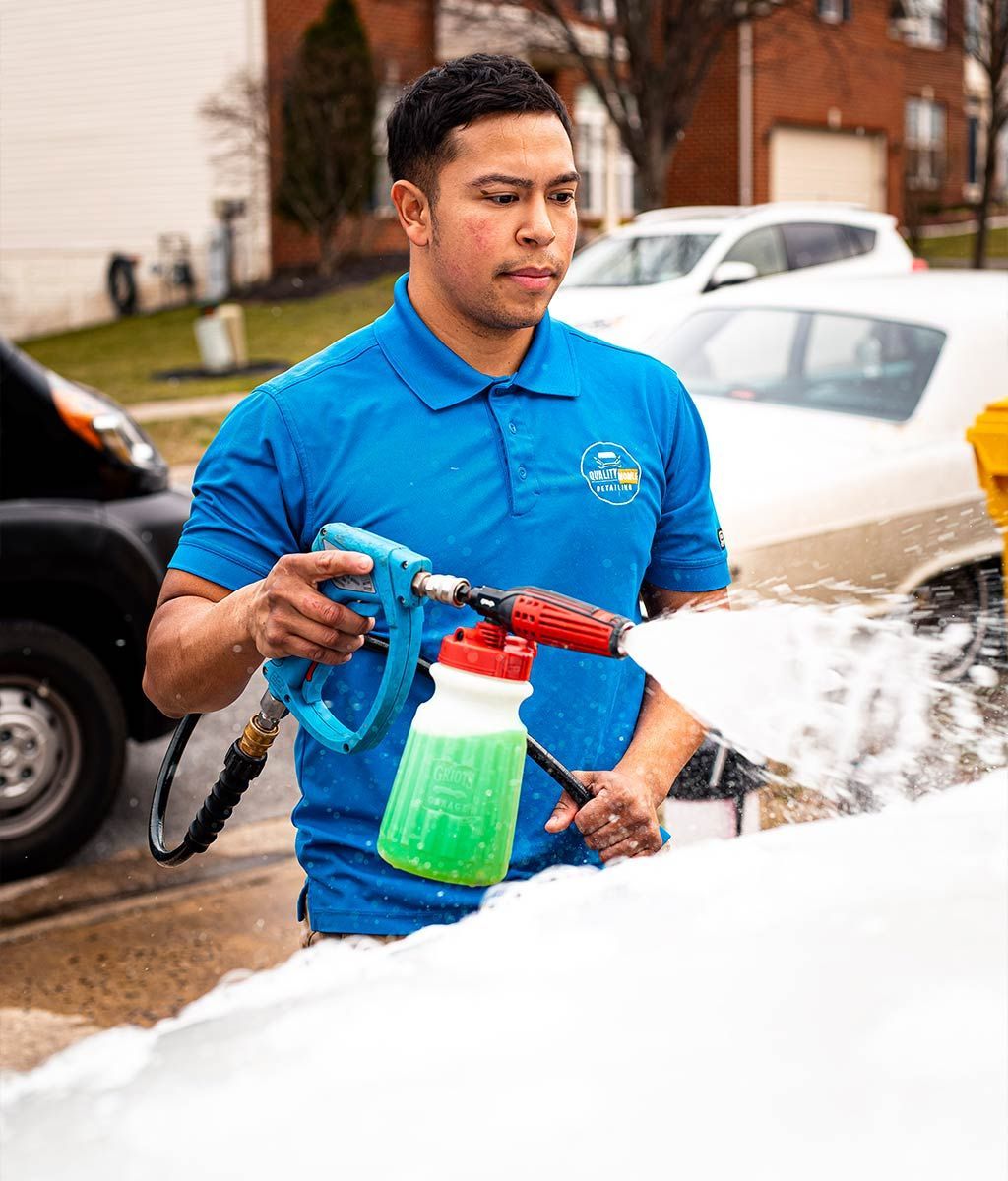Ceramic Coating vs. Regular Car Wax: What’s the Difference?
CALL (410) 946-7360
SCHEDULE ONLINE
When it comes to keeping your car looking its best, two popular choices often come up: ceramic coating and regular car wax. It might seem like a simple decision, but the truth is that each option brings its own set of advantages and challenges. If you've ever found yourself standing in the aisle of an auto store, pondering whether to splurge on ceramic coating or stick with good old-fashioned wax, you're not alone. Many car owners grapple with this exact dilemma! In this article, we'll dig into the differences between these two products, exploring their durability, ease of application, and ultimately, what might be the best choice for your vehicle. Whether you're a car enthusiast or just someone who wants to keep their ride shiny and protected, understanding these options will help you make an informed decision.
Ceramic coating offers long-lasting protection (typically 2-4 years) with superior chemical resistance and lower maintenance needs compared to regular car wax, which typically lasts only a few weeks and requires frequent reapplication. While ceramic coatings provide a high shine, they may not achieve the same depth and gloss as traditional carnauba wax, which many enthusiasts prefer for its aesthetic appeal.
Ceramic Coating vs. Regular Car Wax
At first glance, choosing between ceramic coating and regular car wax may seem like a straightforward decision, but as anyone who’s invested time in vehicle care knows, there are many layers, much like the protection these products provide.
Ceramic coatings are liquid polymers that bond with the vehicle's factory paint to form a semi-permanent layer, offering an impressive durability of 2 to 4 years. In contrast, regular waxes, made from either natural or synthetic ingredients, merely sit on the paint surface and need reapplication every few months to maintain that shine.
One of the key differentiators lies in their durability. Ceramic coatings can withstand harsher environmental conditions as compared to waxes, which typically erode within weeks. The longevity that a ceramic coating offers is particularly advantageous for those looking to protect their vehicles against UV rays, road salts, and chemical stains that can occur over time.
On the other hand, while wax might wear off relatively quickly due to rain or washing, it still provides a certain level of protection against small scratches and minor contaminants.
However, it's not just about durability; the application process varies significantly between these two options as well.
Key Differences
When it comes down to ease of application, working with wax often feels intuitive. Most car enthusiasts would agree that applying a coat of wax is simple—just buff it onto the surface with a soft cloth and enjoy that instant gratification of a shiny finish!
However, ceramic coatings come with an added layer of complexity that isn't for everyone. Their application generally requires skillful prep work and isn't as forgiving. A fresh polish is usually necessary before applying a ceramic coating to ensure proper bonding with the car's surface.
This complexity is why many people opt for professional detailing services when choosing ceramic coatings—it's essential to get it right from the start.
When it comes to protection levels, ceramic coatings reign supreme. They provide superior resistance against UV rays and chemical stains compared to traditional waxes, which offer limited protection. If you live in an area with harsh climates or frequent inclement weather—think snow, rain, or intense sunlight—the investment in ceramic coating could pay off handsomely over time by preserving your vehicle's exterior.
Perhaps one aspect that frequently tilts the balance in favor of wax is its aesthetic appeal. Wax often gives that deep, glossy finish that car lovers cherish, creating a warm glow that’s hard to replicate otherwise. Conversely, while ceramic coatings impart a sleek and modern shine that enhances color depth somewhat differently than wax does, this shininess may feel less inviting if you grew up loving the warm tones of freshly waxed cars.
Longevity and Protection
The distinction between ceramic coatings and regular car wax becomes more pronounced when we talk about their longevity and protective qualities.
Ceramic coatings can provide a formidable shield that lasts anywhere from 2 to 5 years, depending on factors such as the product used, how well it is maintained, and the quality of the application process. In contrast, traditional carnauba wax typically remains effective for only about 1 to 3 months, while synthetic waxes might last between 3 to 6 months. This means if you’re looking for something that requires less frequent touch-ups and consistently protects your investment, ceramic coatings stand tall as an impressive option.
The longevity of these products also plays a significant role in protection against various elements. Ceramic coatings are renowned for their high resistance to UV rays, chemicals, and even minor scratches. They boast a hardness rating of 9H on the Mohs scale, which signifies superior durability compared to waxes that can easily wear off with just sunlight exposure or harsh weather conditions. Therefore, what you get is not just an aesthetic shine but a robust armor for your vehicle's surface.
Imagine this armor as a shell encasing your car: While wax acts like a raincoat, offering temporary coverage that quickly deteriorates with usage, ceramic coatings cling resolutely, ensuring long-lasting protection without constant upkeep.
Moreover, the hydrophobic properties inherent in ceramic coatings further enhance their desirability.
Water Repellency and Maintenance
One of the primary features that set ceramic coatings apart is their exceptional hydrophobic quality. When properly applied, these coatings can repel water for up to 6 months or more, meaning you don’t have to fret over every little rain shower—or bird in flight! This characteristic leads to easier cleaning as dirt and grime are less likely to adhere to the surface; with the right product, maintenance becomes significantly simpler.
Still, it’s important to recognize that while ceramic coatings require lower maintenance after their initial application, they do require specific washing techniques to preserve their integrity. Gentle soaps without harsh chemicals are ideal for maintaining that fresh coating shield. Neglecting proper care could diminish its astounding performance over time.
Cost Comparison
Cost is certainly a decisive factor for many car owners deciding between ceramic coatings and regular wax. At first glance, the initial investment for a professional ceramic coating application can be a bit shocking, depending on your vehicle's size and its condition before treatment. This may sound steep, especially when a tin of high-quality car wax costs only $20 to $40. Yet, this upfront price needs to be weighed against longevity and performance, making the overall picture clearer.
Initial Costs
While the differentials are stark in terms of initial costs, ceramic coatings showcase their resilience by lasting 2 to 5 years with proper maintenance. In contrast, regular car wax typically needs reapplication every few months, roughly every 1 to 3 months, depending on driving conditions and weather.
Given this difference in longevity, it becomes crucial to consider the long-term expenses instead of merely focusing on immediate out-of-pocket costs.
Long-Term Value
If you're someone who dreads frequent trips to the store for waxing supplies or forgets when your last application was, choosing ceramic coating might provide peace of mind in more ways than one. Not only will you enjoy a beautiful shine for years; you’ll reduce the labor involved in regular maintenance, thus saving time and effort.
On the flip side, if you're more budget-conscious or prefer DIY projects, then regular waxing offers simplicity and affordability that ceramic coatings cannot match. Essentially, while applying wax involves a heavier commitment over several months due to its frequent reapplications, it's still an easy fix for those looking to keep their cars gleaming without hefty upfront costs.
So while the allure of wax lies in its affordability and ease of use, ceramic coatings’ durability makes them worth considering for anyone looking at long-term ownership benefits.
Your decision should align with both your preferences for upkeep and your financial outlook for maintaining your vehicle's appearance. As we shift focus toward the next aspect of vehicle care, understanding how different products affect aesthetic quality will be essential.
Gloss and Finish
Aesthetics are critical for many car owners; thus, the choice between ceramic coatings and traditional wax often hinges on the desired visual outcome. When it comes to enhancing your car's paint, you might be drawn by the allure of carnauba wax, renowned for its ability to provide a rich, deep glow that makes colors pop. The warmth it brings can create an inviting appeal that's hard to ignore. It offers that classic look that many enthusiasts swear by, leaving cars with a glossy finish that feels almost vintage.
However, over time, carnauba wax tends to fade quickly. Regular exposure to the elements can cause it to lose its shine within weeks, especially after just a few washes or sun-soaked days.
On the other hand, ceramic coatings usher in a newer technology that has sparked much interest among car aficionados. They offer a sleek, glass-like finish that enhances the depth and color of your paint while retaining its brilliance for years.
This resistance is crucial because while wax can enhance surface shine, it starts deteriorating after just one month in sunlight, losing up to 50% of its gloss after several weeks! In contrast, ceramic coatings maintain their reflectivity and overall shine, as evidenced by controlled tests showing a 30% increase in reflectivity compared to traditional wax products.
Both options have their merits: if you're keen on regular application and enjoy nurturing your vehicle with deeper weekly cleans, wax might still hold a place in your garage. But if you're looking for something that combines protective qualities with stunning visual appeal without demanding frequent attention, ceramic coatings may just be your golden ticket.
Understanding these differences prepares you well for tackling another important aspect—what kind of care each option requires over time.
Maintenance Requirements
When it comes to ceramic coatings, the primary focus is on adopting proper washing techniques that preserve their strength and performance. It’s essential to use pH-neutral car shampoos, as they are gentle enough to maintain the integrity of the ceramic layer. Abrasive cleaning tools like rough sponges or scrub brushes should be avoided; they can scratch or compromise the coating, which, once damaged, may require costly professional refinishing.
The beauty of ceramic coatings lies in their lower upkeep once applied. Routine washing with a soft microfiber mitt and ensuring a streak-free rinse helps maintain that glass-like finish without additional products. Also, inspecting your vehicle every six months can enable you to catch any potential issues early—think of it as a mini health check-up for your car’s protective shield.
On the other hand, waxed vehicles present a different scenario altogether where regular reapplication is key to maintaining that lustrous shine. Wax generally lasts only about 3 to 4 months before its protective properties diminish, leaving your car exposed to environmental factors that can lead to damage.
This frequent upkeep means added time commitment and costs over the lifespan of your vehicle. Each application takes time—cleaning off old wax residue before applying new—which can be tedious for busy owners. Fortunately, using a quick detailer spray between waxing sessions provides a helpful interim boost to protection, extending the effect of your last wax application while lending an extra gloss.
Regular inspections can help ensure that dirt buildup doesn’t accumulate too much between applications. While enjoying that deep-glossy finish from wax can be rewarding, sustaining it does require commitment in terms of both time and resources.
Understanding these differences in maintenance requirements highlights how each option impacts your vehicle's appearance and long-term care. This insight opens the door to exploring personal experiences and preferences surrounding these products.
Thus, whether it's opting for a ceramic coating or sticking with good old-fashioned wax often depends on personal preference as much as on practicality. Enthusiasts keen on longevity and minimal effort may gravitate towards ceramics for their impressive durability and resistance to environmental elements. Conversely, those who find joy in crafting a brilliant finish with their own hands might always lean towards waxing, appreciating the shine that seems almost personalized.
Both options come with their respective fans, whose experiences illuminate unique aspects of each product's performance. Ultimately, making an informed choice relies not only on facts and figures but on understanding individual needs and preferences when it comes to vehicle care.
If you're seeking expert advice on getting the best protection for your vehicle, consider reaching out to professionals at
Quality Mobile Detailing. Call us at (410)-946-7360 for details.
